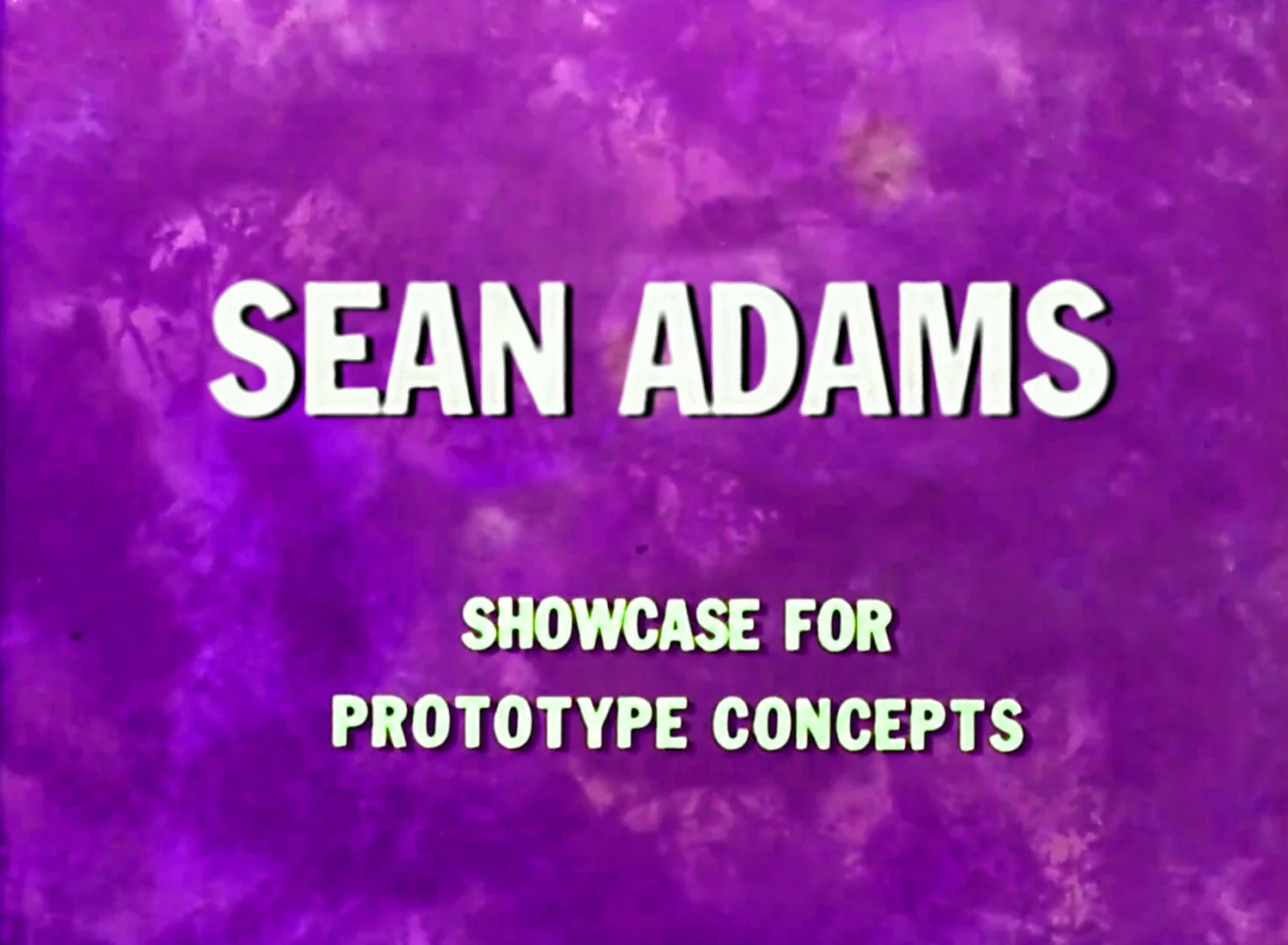Rewriting the Definition
From CA Magazine
Fifteen years ago I was so clear in my direction and goal to clean up the world, and finding inspiration was so easy. Maybe it’s because I’m older, or busier, or jaded, but finding inspiration is more difficult for me now. Finding a wonderful booklet at a used bookstore, or discovering a graphic novel in a Japanese department store was endlessly exciting. Today the process is less about seeing and more about learning. Reading about history, specifically sociological history is inspiring to me now. How did humans relate to one another in 17th century Virginia, or what political issues informed the cold war, or how did photography impact the Civil War? These discoveries don’t lend themselves to the kind of inspiration that is about seeing, but they move me to reconsider why I do something. But I am a visual person, and still love finding that odd magazine cover from 1967, or riding through It’s a Small World, or discovering the color palette from Bye Bye Birdie.
Like most designers, I endlessly sketch in my notebook and have hundreds of historical images in my iPhoto file. All that input seems to get mixed up in my head and comes out when I don’t expect it. It’s usually a few months after I’ve completed a project that I’ll run across something and say, “That’s where the color palette came from.” I rarely look at my notebooks, but the process of drawing something burns it into my brain.
I would love to say I’m an avid user of design magazines and annuals. But I’m not. I’m happy to read an article, but I don’t thumb through them looking for ideas. In the interest of full disclosure, I will admit I spend time looking at our collection of Graphis Annuals from 1953-1970. I’m not looking at them copying a poster or book cover. I’m more interested in the way designers during that time utilized symbols and metaphors. It’s a good prompter to start thinking. For example, I might be working on a piece that needs to talk about “new.” I start a list of words that relate: egg, stork, etc. Then I might come across an image of a gift box for an old ad for Bonwit Teller, so I add a gift box to the list. I’m not interested in replicating that Bonwit Teller ad’s look and feel, but I’m willing to let the idea of a gift box represent “new”.
I think about the redefinition of design all the time—and I mean all the time. Whether it’s working on the meaning and definition of this for AIGA, or dealing with the direction of my career. It’s clearly a field that is fracturing into many pieces. This is good because it forces us to be communicators, not merely form-makers. And it’s bad because, without guidance, the profession can lose all power and become a million tiny tribes. But I’m more concerned about design’s standing with the business world. I want to be respected and have a seat at the big table, and I should. I know that design will be the force that pulls all of the pieces together and makes something a success. But, we are our own worst enemy. Whenever I complain that the biggest issue is the size of Garamond, or why does the client insists I use their corporate blue, the whole profession becomes about something small. I need to be immaculate and skilled at my craft, and I also need to think big.


